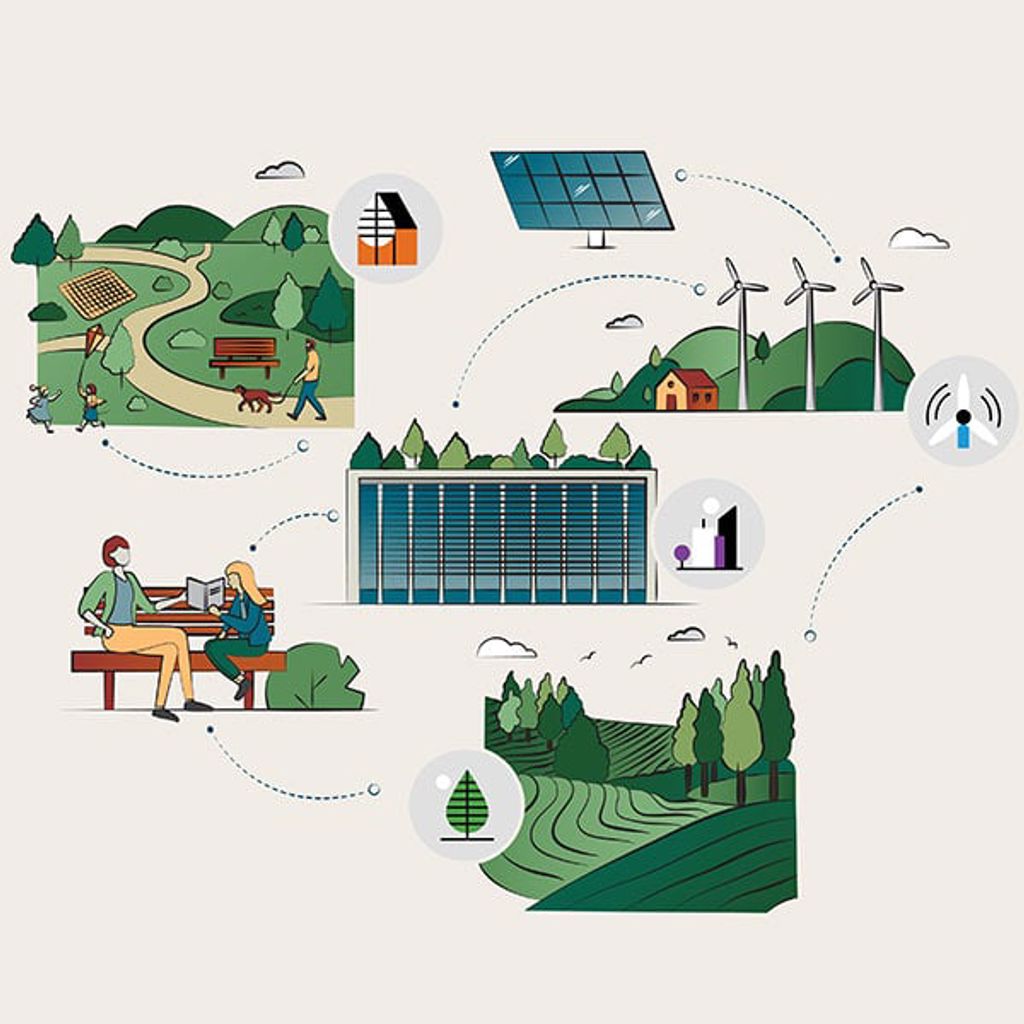In the twenty-first century, data centres are critical infrastructure. They power the cloud computing services we all rely on for everyday life – from banking to navigation. But data centres also have a reputation for consuming huge volumes of water. So how can we ensure that they don’t contribute to water scarcity?
A data centre’s total water footprint includes the water used on-site for various purposes like cooling, plumbing, landscaping, and fire suppression, as well as the water used off-site at a power plant to generate the electricity required for the facility. But they still draw substantial volumes of potable (drinking-quality) water from their local watershed, a significant proportion of which is lost to evaporation and during storage and treatment.
How much water are we talking about? Take, for example, a typical small one-megawatt data centre that uses traditional cooling methods. It would consume more than 26 million litres of water each year – enough to supply over 200 UK homes. So, what can data centre operators do to cut their water consumption?
View water systems as circular, not linear
Most operators focus initially on improving water-use efficiency (WUE) in their cooling systems. At Arup, we think it’s time to consider the water system as a whole – the ‘One Water’ concept. Each litre that a data centre abstracts from within its watershed is either evaporated, reused, or returned to that watershed to go around again. So, thinking about the entire process as circular is more helpful than viewing supply and discharge as separate systems.
Matching solutions to the local area
When planning a new data centre, the most critical factor is location. Could you avoid watersheds that suffer droughts and opt instead for a site where water is plentiful? Have you studied the nearest water source and estimated how much you expect to draw from this? Carrying out due diligence and considering factors such as these can ensure that the data centre will not exacerbate issues of water scarcity in the area.
Switching the water supply to reclaimed, specifically treated municipal wastewater that can be reused, rather than potable water can also make a significant difference. By utilising advanced treatment processes wastewater generated on site, wastewater can be reused across site, significantly reducing raw water abstraction. Alternatively, you could situate a data centre near a municipal sewage treatment facility, it may have the opportunity to directly utilise the final effluent, treated and clarified wastewater discharged from the sewage works.
Both new and existing data centres can incorporate rainwater harvesting features, such as blue roofs to collect and store rainwater. Re-using rainwater reduces local flooding, cuts costs, and protects against future water shortages. Smart water storage is another useful consideration. It enables you to predict demand and store just the right amount of water, rather than building and maintaining excessive storage.








